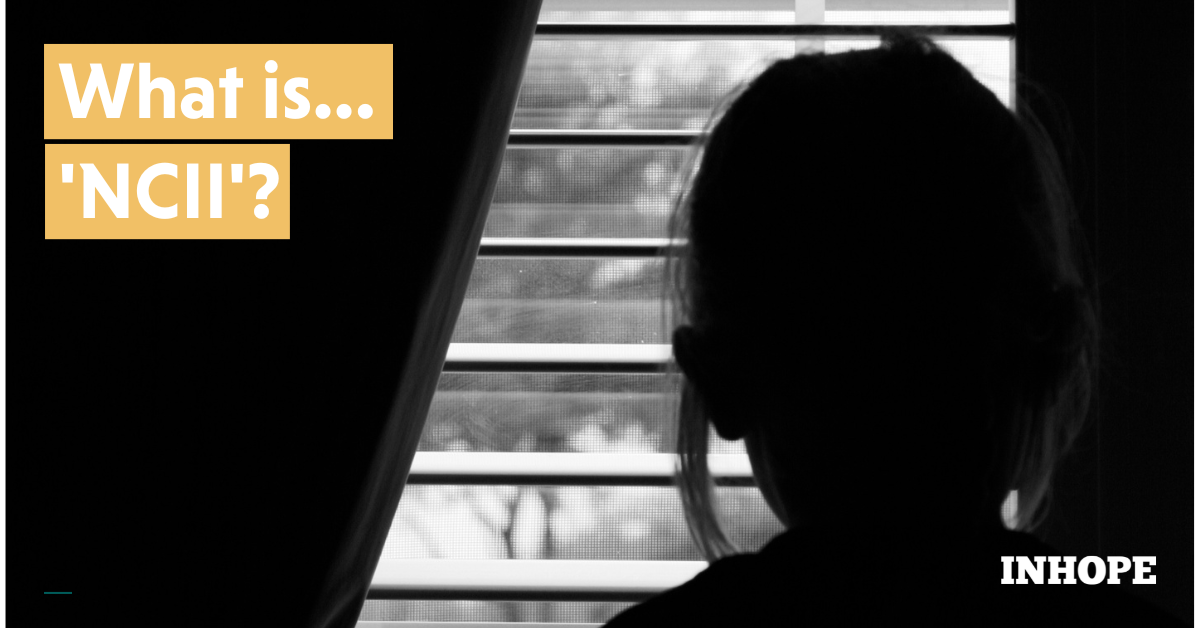Article
Educational Articles
What is NCII?
Non-Consensual Intimate Image (NCII) abuse, and self-generated child sexual abuse material (CSAM), are often used interchangeably when talking about minors. While self-generated content can refer to both consensually and non-consensually produced intimate images, NCII can refer to any scenario in which intimate content is being produced, published or reproduced without consent.
Non-Consensually Produced Intimate Images
While self-generated content can refer to consensually captured material, often content is created in scenarios of fear or pressure. Offenders will either coerce their victims into sharing intimate content or even capture it without their knowledge. There are different ways in which offenders get NCII, such as:
Grooming: Intentionally building a relationship with a minor to lower their inhibitions and prepare for sexual activities. This behaviour is calculated and is usually for sexual or financial purposes. Once trust is established the groomer starts to desensitise the child to sexual content and use secrecy, and shame.
Sextortion: Sexual extortion, also called ‘sextortion’, is a kind of blackmail. The perpetrator demands sexual favours, money, or other benefits under the threat of sharing intimate or sexually explicit material.
Capturing Images without the victim's knowledge: The perpetrator takes non-consensual intimate images, either during a sexual encounter or even in a public setting such as a public restroom, public pool or locker room.
Non-Consensual Publishing of Consensual Intimate Images
This refers to any intimate content that was made public without the consent of the person in the frame. While the material is created and shared consensually with a designated person the recipient then publishes the content online without consent.
Non-Consensual Reproduction of Consensual Images
If an individual chooses to share their own intimate images with someone, for example, through sexting this does not give the recipient the right to distribute this material. The non-consensual sharing of consensual images is a peer-related form of sexual exploitation and is in fact the most frequently reported type of NCII abuse.
Help and Resources
Regardless of how (or whether) the perpetrator obtains the material, the fear of the material being shared among the victim’s network may cause extreme feelings of shame, and leave victims feeling powerless and violated. NCII can be perpetrated by anyone and affect anyone, irrespective of age and gender. But especially for young children and teenagers, the impact can be devastating. Thankfully, there are resources and tools available that help victims get the content removed as rapidly as possible.
-
The National Center for Missing and Exploited Children (NCMEC) provides a free service "Take It Down" that can help you remove or stop the online sharing of nude, partially nude, or sexually explicit images or videos of minors below the age of eighteen.
-
StopNCII.org, is a free tool designed to support victims of Non-Consensual Intimate Image (NCII) abuse. The tool generates a hash value from an intimate image. Duplicate copies of the image all have the exact same hash value. By sharing the hash value with participating companies they can help to detect and remove images from being posted or shared online.
-
Childline and the Internet Watch Foundation's Report Remove tool allows young people to report a nude video or image shared online to be removed. This tool provides a child-centred approach to image removal which can easily be done online.
If you’ve come across sexual content of yourself or another minor, contact your local hotline to have it removed by clicking here.

If you’ve come across sexual content of yourself or another minor, contact your local hotline to have it removed by clicking here
'